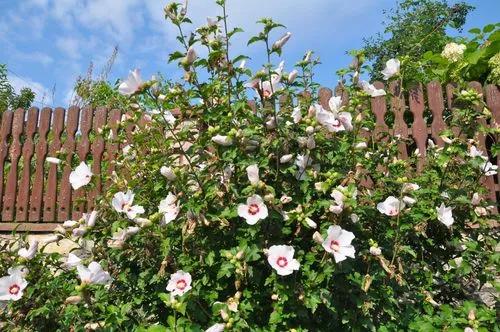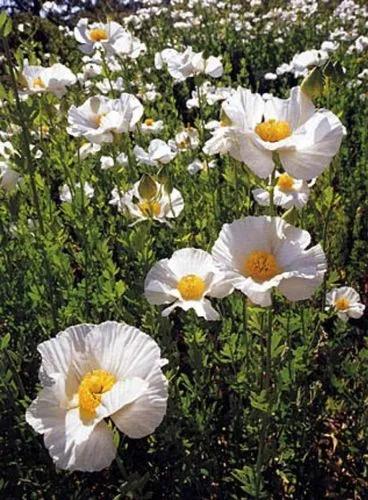P. edulis is a perennial vine; tendrils are borne in leaf axils, and have a red or purple hue when young. There are two main varieties: a purple-fruited type, P. edulis f. edulis, and the yellow-fruited P. edulis f. flavicarpa. Usually the vine produces a single flower 5–7.5 cm wide at each node. The flower has 5 oblong, green sepals and 5 white petals. The sepals and petals are 4-6mm in length and form a fringe. The base of the flower is a rich purple with 5 stamens, an ovary, and a branched style. The styles bend backward and the anthers, which are located on top of the styles, have a very distinct head. The fruit produced is entirely fleshy (making it botanically a berry), and is spherical to ovoid. The outside color of the berry ranges from dark-purple with fine white specks to light yellow. The fruit is 4—7.5 cm in diameter; purple fruits are smaller, weighing around 35 grams, while yellow fruits are closer to 80 grams. The smooth, leathery rind is 9–13 mm thick, including a thick layer of pith. Within the berry, there are typically 250 black seeds, each 2.4 mm in length. Each seed is surrounded by a membranous sac filled with pulpy juice. The flavor of the juice is slightly acidic and musky. The passion fruit's flavor can be compared to the guava fruit.
Purple Passion Care
Passiflora Edulis F. Edulis



How to Care for the Plant

Water

These plants like a steady supply of moisture and will quickly wilt in drier conditions. If your velvet plant begins to show signs of drooping, water it immediately and it should perk up quickly.

Fertilizer

Feed your velvet plant every week or two weeks with a weak liquid fertilizer. During the winter months, you can reduce your fertilizer applications to monthly or biweekly, depending on the strength of your fertilizer and the size of your plant.

Sunlight

Velvet plant loves bright light and will thrive in front of a sunny window, though they like some protection from direct sun in the afternoon. The brighter the light, the deeper and richer the leaf color, and too little light can cause the plant's purple hue to disappear completely.

Soil

Velvet plants make it easy on you when it comes to their soil needs, preferring a basic run-of-the-mill soil-based potting mixture with no frilly. Make sure to choose a pot that boasts ample drainage holes in its base so you don't risk fungal diseases or root rot.

Temperature

In line with its native environment, the velvet plant prefers warm and humid conditions. Its ideal growing temperatures range from 60 to 70 degrees Fahrenheit

Popularity

220 people already have this plant 58 people have added this plant to their wishlists
Discover more plants with the list below
Popular articles






